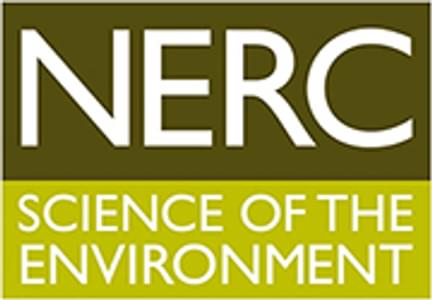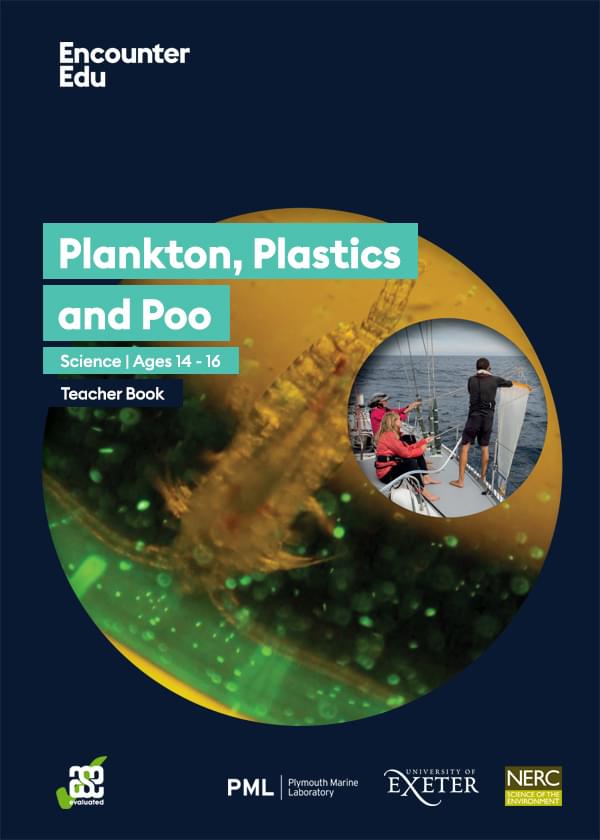View all images
Where do microplastics come from?
 Encounter Edu
Encounter Edu
Microplastics can be divided into primary and secondary microplastics. Primary microplastics are items of plastic that are already smaller than 5mm, e.g. nurdles (plastic beads used in plastic manufacturing), microbeads from cosmetics, and fibres from clothing. Secondary microplastics are formed when larger plastic items, such as bottles, are made brittle by UV light and broken down by wave action.
Brought to you by

